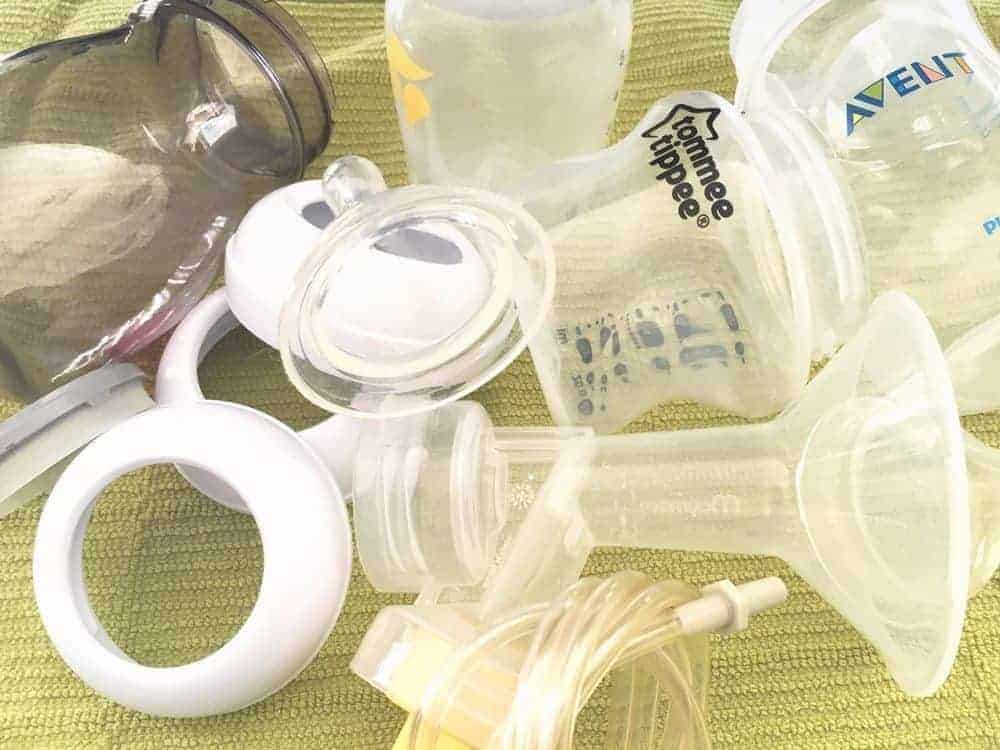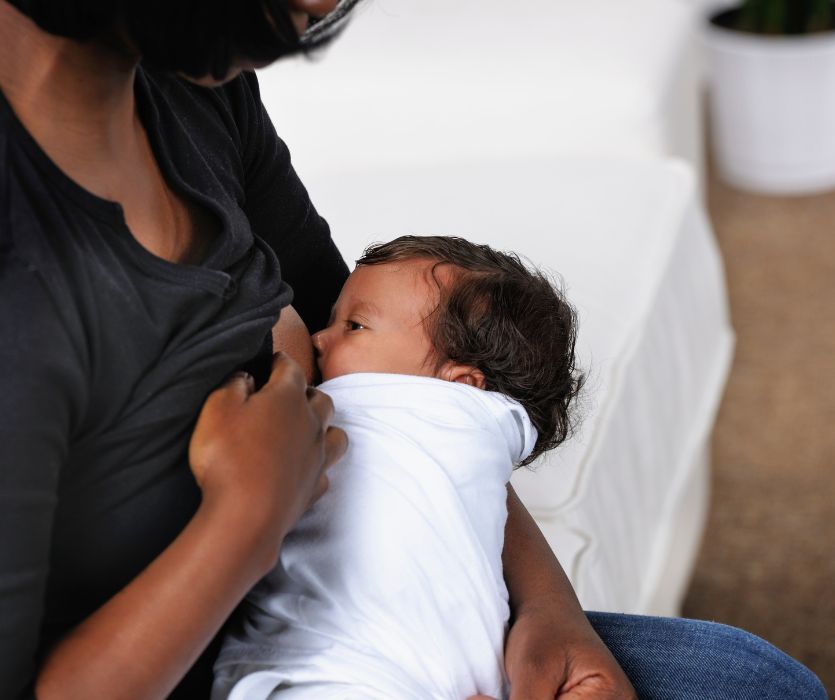I’m going to admit something kind of terrible: I’ve never sterilized my breast pump parts.
Sure, I’ve washed them with soap and water after each use, with their own brush, and even left them out to dry on that super cute fake grass everyone seems to have, but as far as popping them in boiling water, or dishwashing them on the sterilization cycle, that’d be a no. Cue the phone call I’m about to receive from my disgusted mother in 3…2…1…
In all seriousness though, this is a major breast pump maintenance mistake, but one that as a first time mom, I had no idea how bad it could be.
I mean, breast milk is filled with antibodies, right? What’s the worst thing that could happen if I am careful to wash it after each use?
Unfortunately, one family has discovered that in rare cases, the worst that can happen is just about the worst thing a parent could think about.
Following her premature birth, an infant contracted a rare, but serious infection that led to severe brain damage, spastic cerebral palsy, and global developmental delays. The bacteria, Cronobacter sakazakii, is suspected to have grown in the pump parts the poor mama was soaking in soapy water, then leaving out to air dry.
Although this case is a one-off, it did prompt the CDC to investigate what kind of guidelines people are sent home with in regards to proper pump care. What they discovered, in a nutshell, is that the information is lacking.
Recently, the CDC released their updated recommendations for cleaning your breast pump.
Now this is where I’m going to suggest all pumping moms who are already at their damn mental limit take a seat, because what the CDC is recommending to prevent these kinds of infections is for you to clean your breast pump parts, and let them air dry, after every single use. No more storing your pump parts in the fridge between sessions. No more tossing your clean, but wet parts back into a bag, and shoving the whole thing under your desk. Nope, all those bits and pieces have to be taken apart, washed, and left out to air dry before being put away somewhere clean and safe.
And, as if that weren’t enough of a time-suck, they are also suggesting you sterilize your pump parts once a day. This last step is especially pertinent to parents of babies who are less than 3 months old, who were born prematurely, or who have a weakened immune system.
Before you breeze over that and think, “Wash your pump parts? How hard is that?” let’s just break down what that involves:
Under these new guidelines, after going through the hullabaloo of finding somewhere to pump, getting set up to pump, pumping (hopefully without spilling anything, or accidentally showing Derek from Accounting your saucer nipples), you need to quickly place your milk under refrigeration, completely disassemble your breast shield, membranes, and valves, wash them all with hot soapy water from a wash basin separate from the sink, with a brush used only for cleaning baby items, and then find a location allowing them to air dry, where Derek from Accounting won’t splatter chowder on them, or jokingly use the breast shield like an old timey phone because he’s an idiot who doesn’t know better.
Yep, these new guidelines are a straight pain in the buns. For those who pump every day, there are a few suggestions to make this new system for cleaning your breast pump more successful.
- Purchase multiple pump parts, so you can make pumping sessions quicker, and then wash and sterilize everything together once you get home at night (because we all know once you get home, you have SO MUCH time on your hands.)
- Stock up on sterilization bags you can use in the microwave, allowing you to sterilize pump parts wherever you need them.
- Use a mesh laundry bag in the dishwasher to keep everything together, and avoid having to wash everything by hand
- Use the sterilization cycle on your dishwasher (if you have one), and get in the routine of running it on a nightly basis.
Just like with any parenting advice, you take what you can from it, and do what you can with it. Pump up the jams, and wash and sterilize those pump parts, my friends.




Leave a Comment